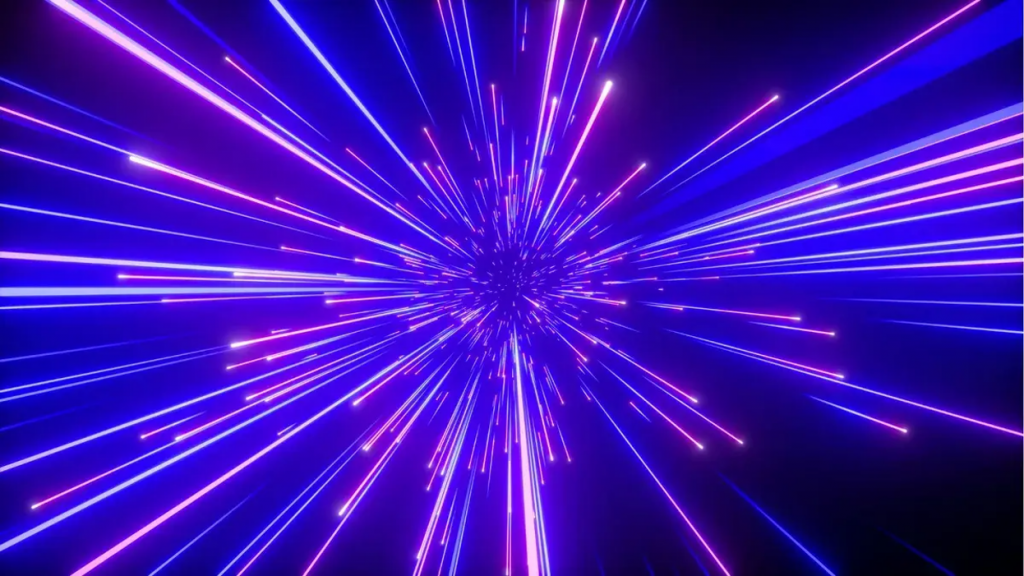Researchers have made a significant breakthrough in photon camera technology by developing a new camera capable of detecting a single photon. Unlike previous photon cameras, this groundbreaking device boasts an impressive resolution 400 times higher than its predecessors.
Photons, the fundamental units of light, are minuscule particles composed of electromagnetic waves. Despite lacking mass and charge, they form the building blocks of visible light and other forms of electromagnetic radiation, such as microwaves and X-rays. The technology for detecting and capturing individual photons was initially developed two decades ago.
The researchers explain in their research paper that the newly developed camera called the superconducting nanowire single-photon camera (SNSPD), operates at extremely low temperatures and generates minimal excess noise. This makes it highly suitable for various scientific investigations, including testing the non-local nature of reality, exploring dark matter, mapping the early universe, and facilitating quantum computation and communication.
Before this breakthrough, no photon camera had achieved a significant level of resolution. Even the most promising detector technology, the SNSPD, had never surpassed a kilopixel in array size. To put this into perspective, a kilopixel is 1,000 times smaller than a megapixel. Previous photon cameras could not exceed 20,000 pixels, and none of them were SNSPD cameras.
The researchers have now shattered this limitation with their superconducting-nanowire single-photon camera, which can capture images at an impressive resolution of 400,000 pixels. This groundbreaking camera holds the title for the largest pixel array ever designed, being 400 times larger than its predecessors.
The camera operates across various light frequencies, including visible, ultraviolet, and infrared, and boasts an incredibly high-speed frame rate, capable of capturing images in picoseconds. This technological advancement is particularly valuable for space exploration, where the challenge lies in capturing images of faint objects. For instance, when photographing exoplanets, which are millions of times dimmer than their parent stars, the camera’s sensitivity becomes paramount. It’s akin to trying to spot a firefly next to a fully illuminated football stadium from a plane.
Furthermore, the implications of this technology extend to fields like quantum computing, communications, and medical applications such as optical brain imaging. The ability to study brain signals without compromising signal quality through nanowire sensors presents a significant advancement in this area of research.
Scientists and experts from various disciplines are optimistic about the potential of this photon camera technology. Stefan Carp, an associate professor of radiology at Harvard Medical School, emphasizes that nanowire sensors eliminate the compromises in performance often associated with other brain mapping approaches, offering unparalleled signal quality.
The researchers’ full research paper can be accessed on arxiv.org, providing in-depth information about this groundbreaking development.

